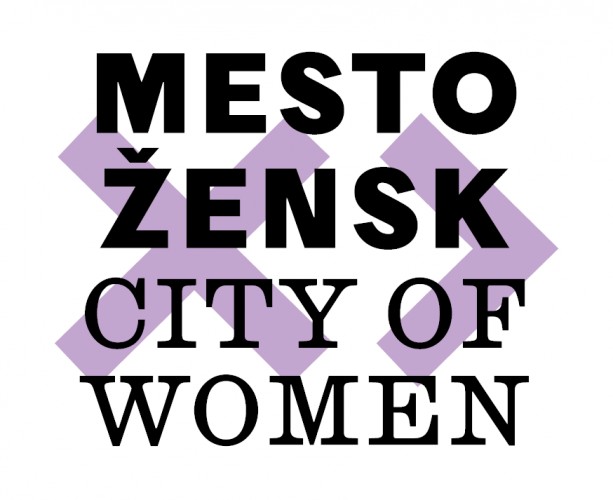Slovenia, video, 2006, 21’, first release
The video is based on the HI-RES dance performance by Maja Delak and Mala Kline which was first presented at the 2004 City of Women Festival.
The HI-RES video poses questions and gives some unexpected answers to what is to be done in art/dance today, as well as defines the representational limits of the framework that affects contemporary dance, together with the capacities of the dancing body in generating meaning for itself and others. Framework is of key importance to HI-RES, because it underlines the artificiality of the contemporary dance scene. Namely, it relates to contemporary dance as a practice which extends beyond life. Framework can clearly conceptualise the abyss, the gap, the distance between the body of life and the life of the dancing body on stage. These bodies cannot be reconnected without the pipelines and channels of the outside world.
Based on the work of Gilles Deleuze, the body's capacity in HI-RES can be recapitulated as follows. First: we should introduce Deleuze's hypothesis in relation to Spinoza, namely: nobody knows what body is capable of; and secondly: together with Deleuze, pose the question: is contemporary dance capable of body representation?
HI-RES is related to dance history, as well as the procedures that were historically intended at disciplining the body. The box in HI-RES speaks of private property. It provokes violence in the dance performance. Maja Delak and Mala Kline conceived this Pandora’s Box in the domain of repetitive compulsiveness that holds everyone either on the right or the wrong side.
HI-RES develops two powerful states of action and contemplation: boredom and dizziness, which are constantly perpetuated through politics and an analysis of the global capitalist system and its performative policies. Giorgio Agamben discovers in boredom – via Heidegger’s analysis – the relation between human boredom and animal captivation – in both cases human as well as animal are held in suspense. The human is simply an animal that has learned to become bored, assuming that there is sufficient time to become bored! But nowadays, who has the time to be bored?
The question concerning production possibilities is a constitutive part of the HI-RES video, and determines its aesthetics. The video is a group project which has been developed in a partnership between dancers and choreographers, cameraman and editor, as well as actors and the production house. The metaphysics of creation are thus the tactics of script and operation of money. In the video, contemporary dance is connected to theory that nowadays it is essential to contaminate art with politics if we want to establish relevant critique. But the question still remains as to how to radicalise things, because it is obvious that theory is somewhat ever-more mass-produced, that is becomes a pose, that intellectual outlook could well be just a decoration; that everything works via a process of brand production; namely, we also have brands in both theory and art similar to Benetton or Stefanel.
Marina Gržinić

